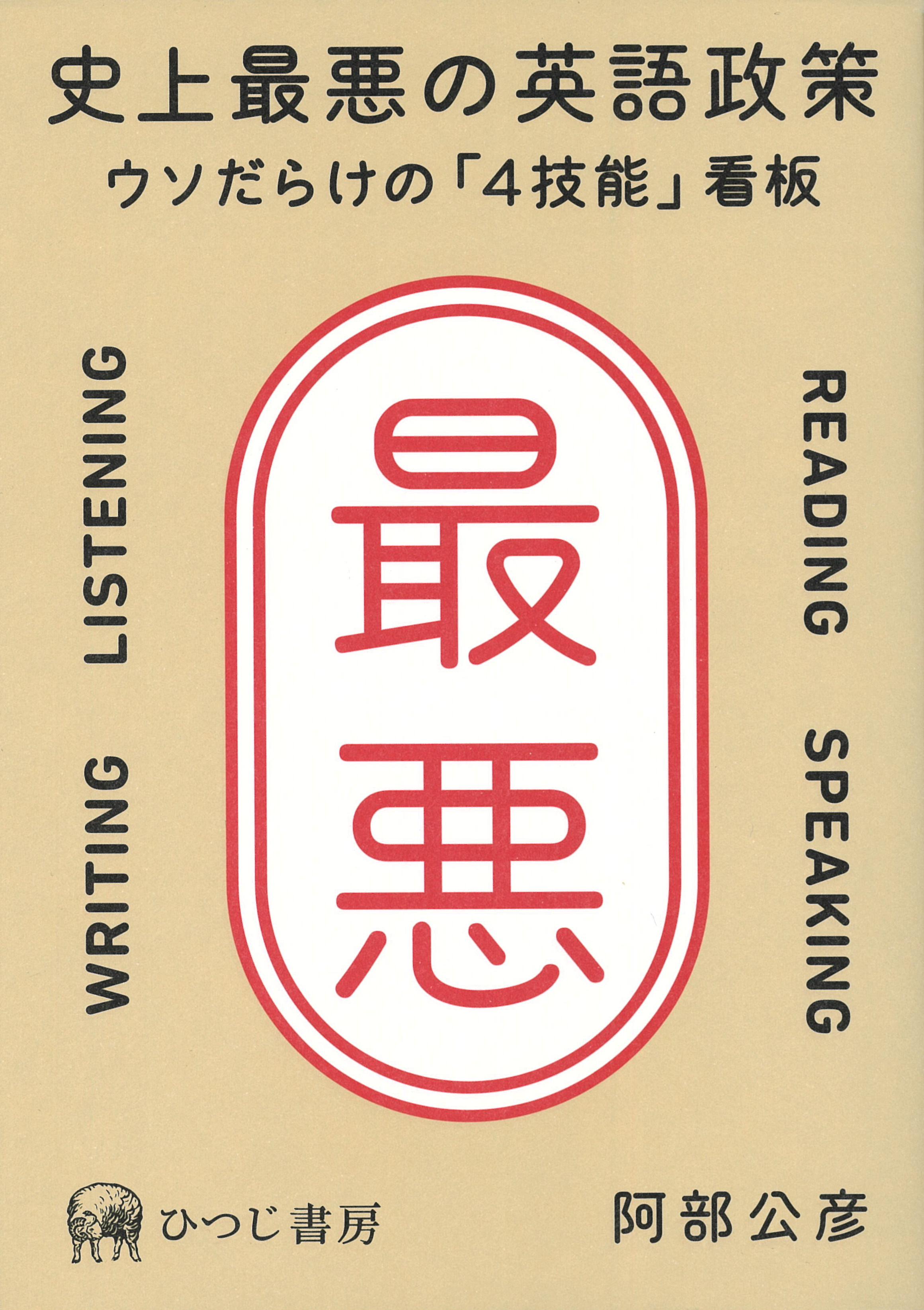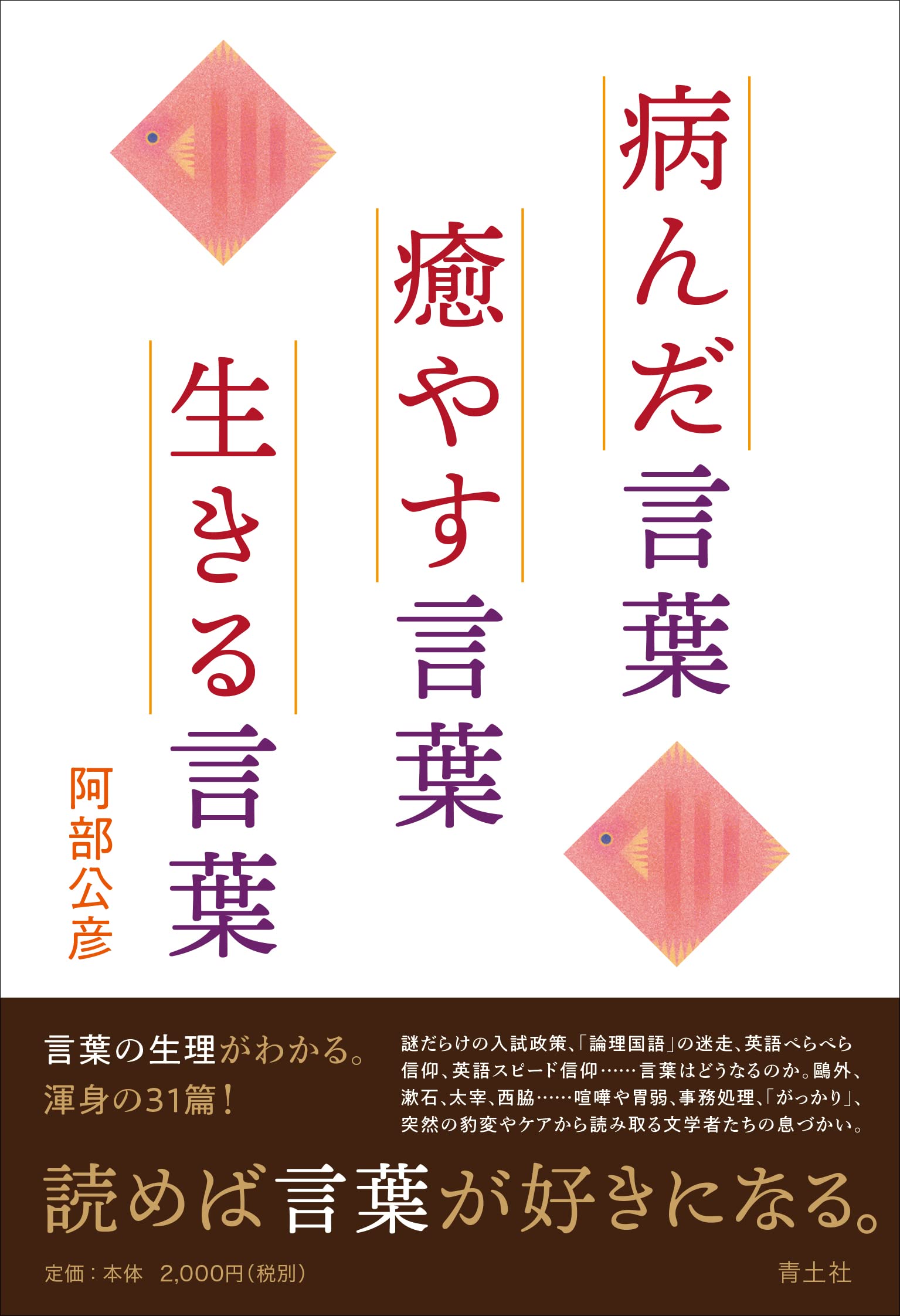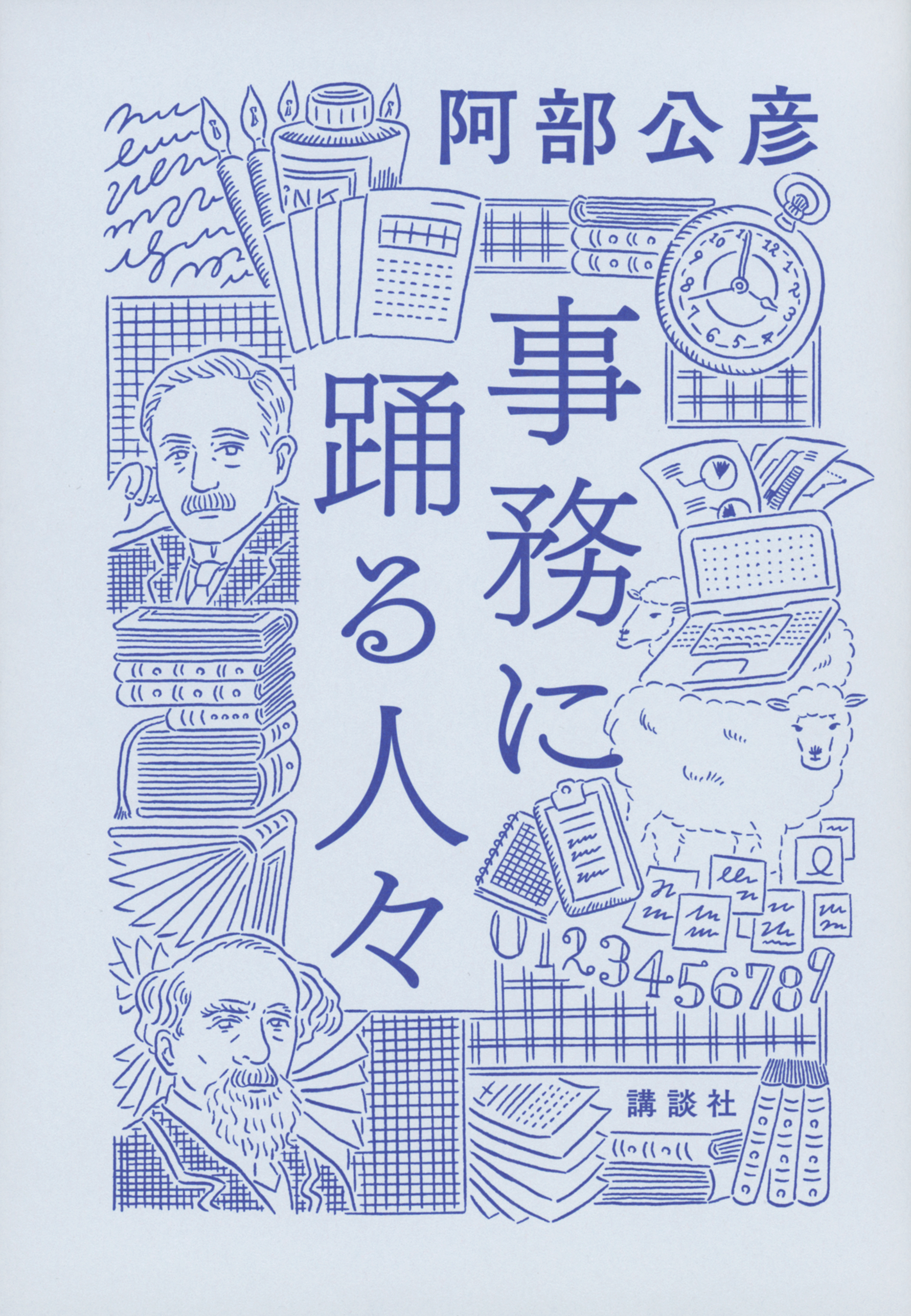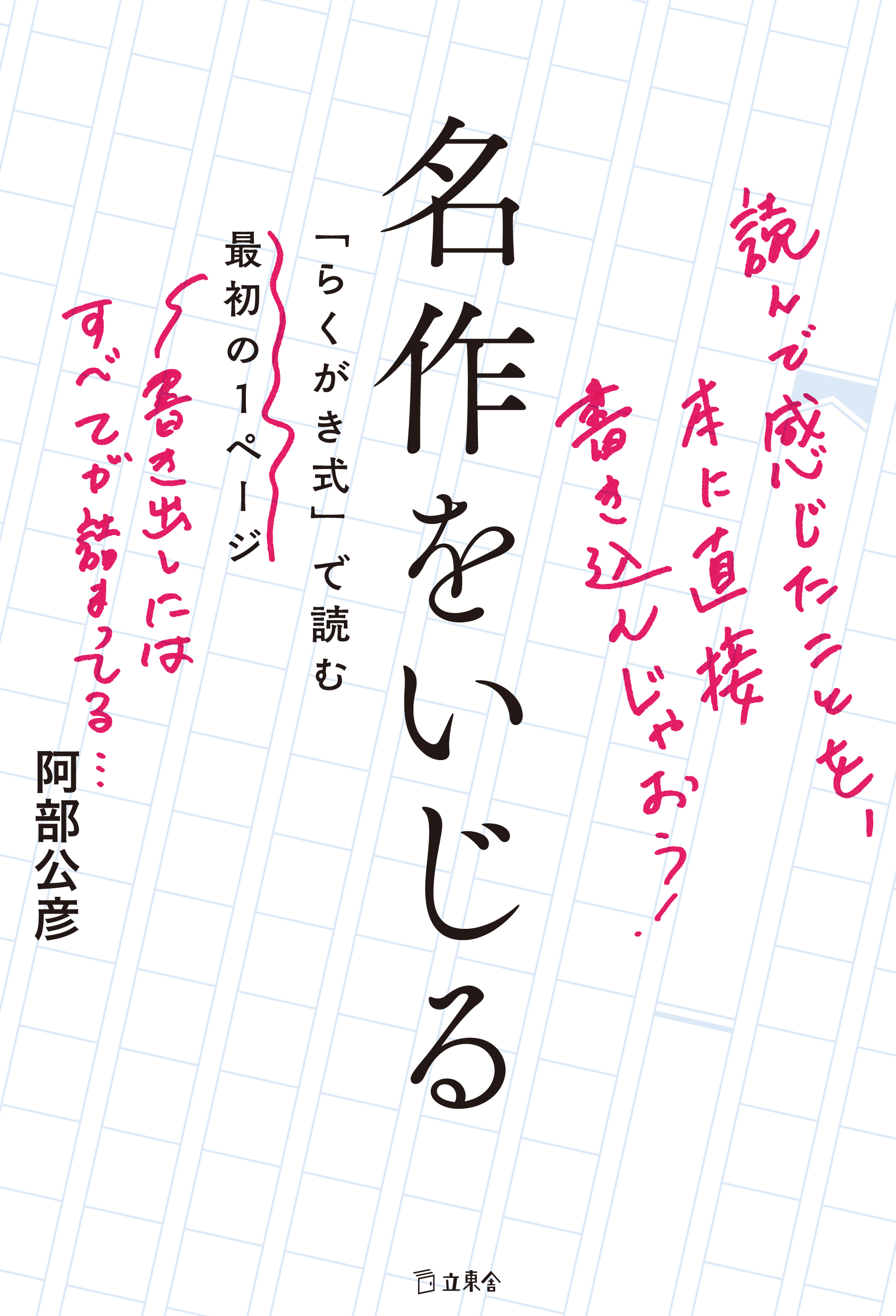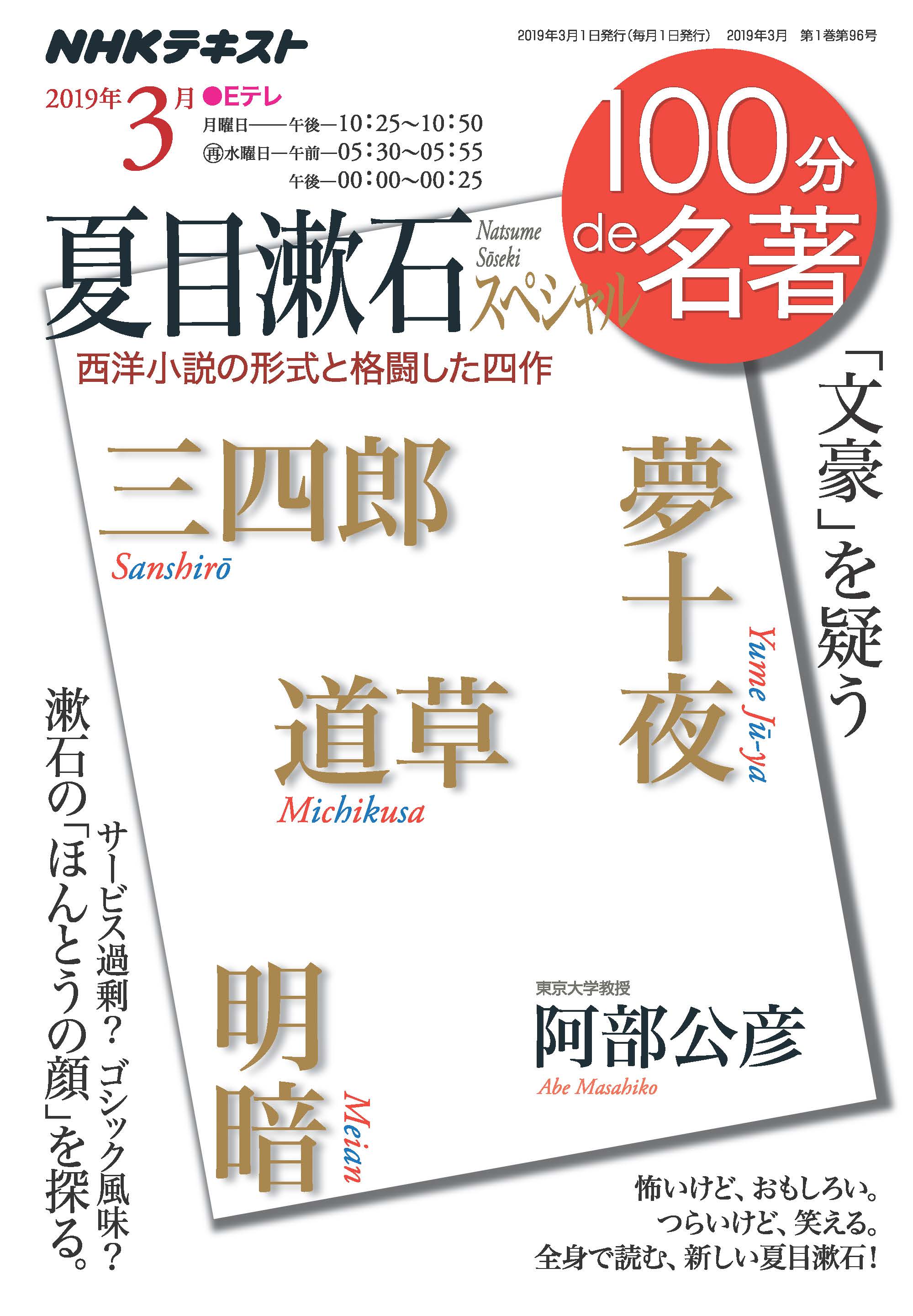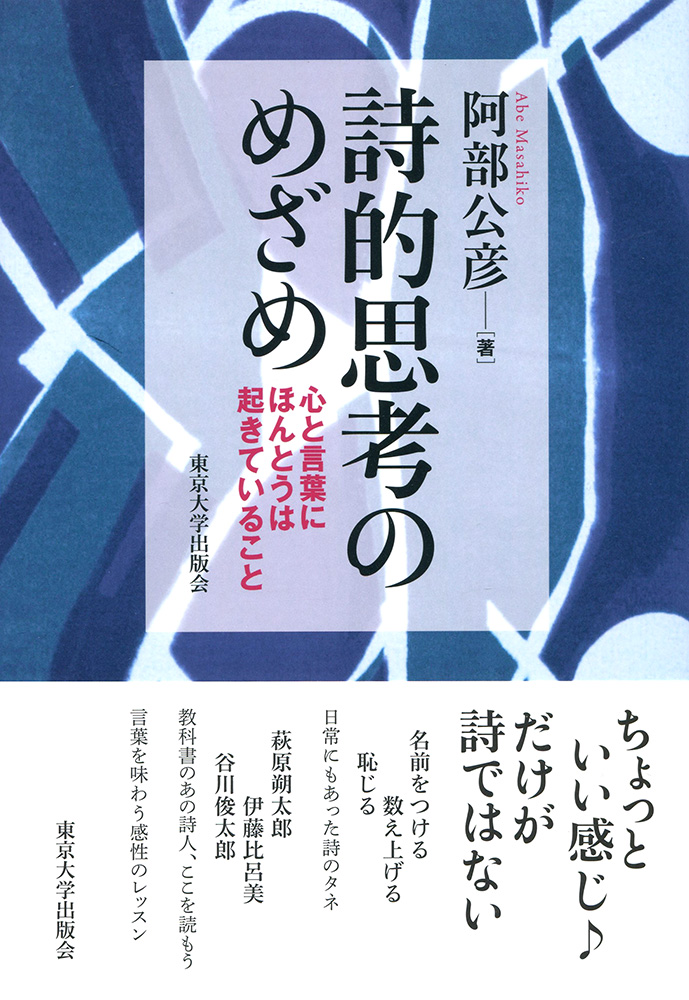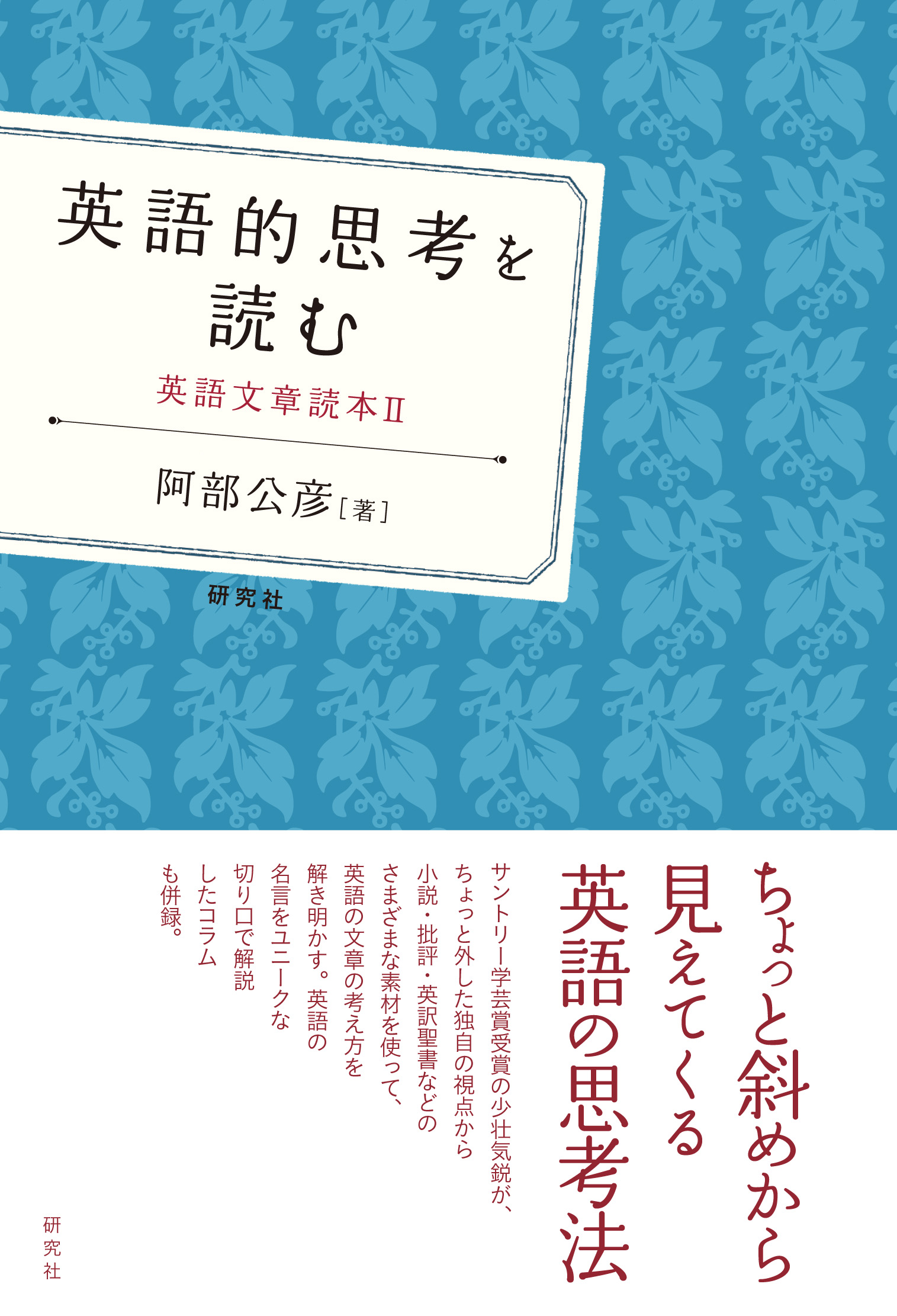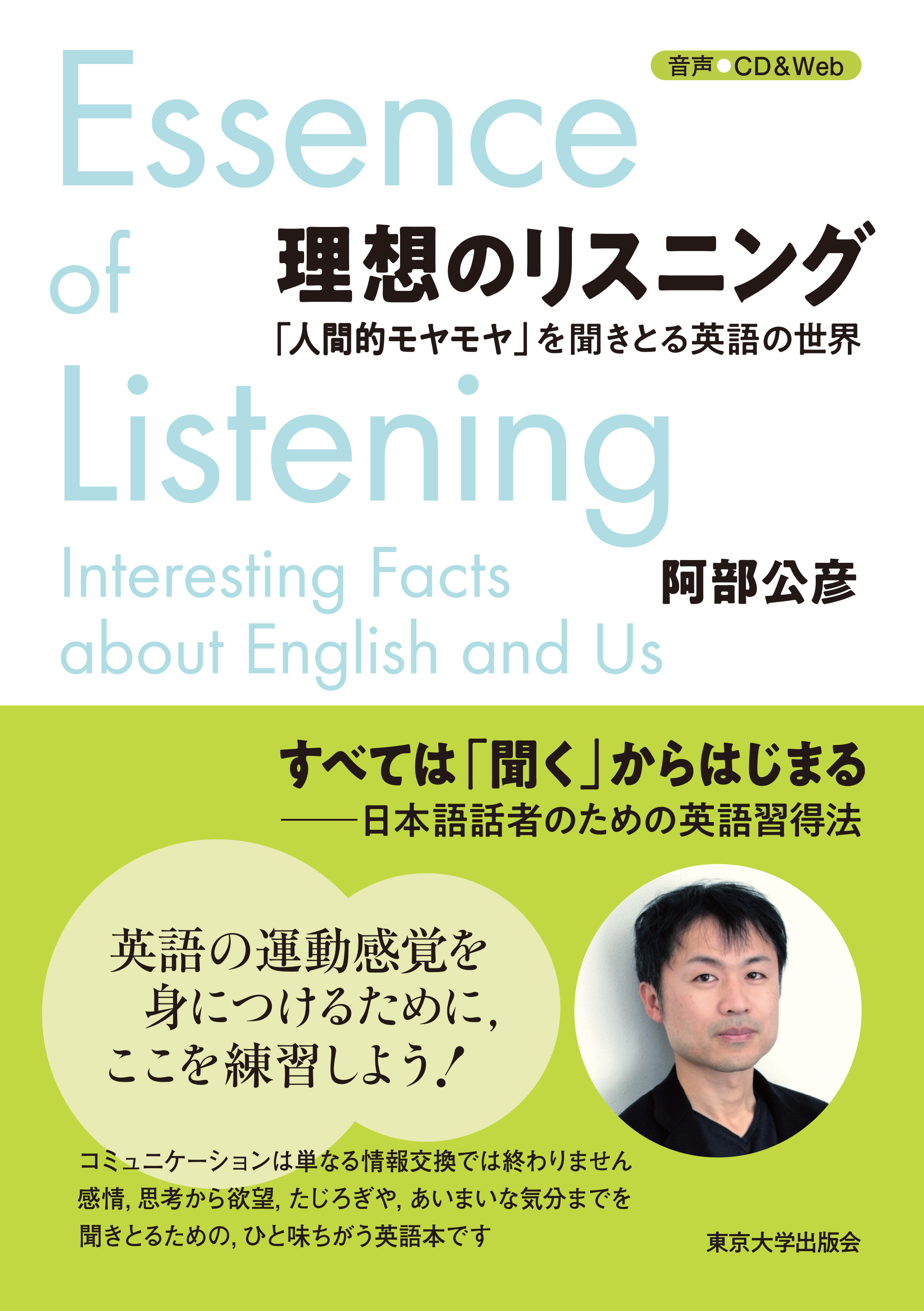
Title
Riso no Listening (Essence of Listening - Interesting Facts about English and Us)
Size
228 pages, A5 format
Language
Japanese
Released
October 09, 2020
ISBN
978-4-13-083081-2
Published by
University of Tokyo Press
Book Info
See Book Availability at Library
Japanese Page
“I thought I could speak English, but when I went abroad I couldn’t understand a word.”
This is a problem I often hear about. I once had a similar feeling myself. When I studied abroad in an English-speaking country, there were many times when I thought, “Eh? Eh? What?” because I couldn’t understand what the other person was saying. I became very anxious.
However, there is actually a misunderstanding here. When you feel “Listening is difficult,” it’s not really the simplistic “listening skill” that isn’t working properly. The problem lies at a more fundamental level. Feeling that you “can’t catch what someone is saying” is just a sign. Just like back pain. If you have backache, it won’t go away simply by getting treatment for the area that is painful. Often, there is a problem with the viscera or nerves. In the same way, if you cannot understand what people say, it is meaningless to do nothing but practices and tests that focus on listening in a narrow sense. It is necessary to treat the problem from fundamentals.
That is why this book focuses on English kinesthetics. When I say, “Studying English starts with listening,” what I have in mind is not a countermeasure for simplistic listening tests. We need to practice by looking further ahead. This entails rhythm and sound, flow, timing, stress, intention, and breaks. Of course, Japanese also has these elements. However, the kinesthetics of English and Japanese are quite different. It can be said that this is why Japanese speakers have had such a hard time learning English since the Meiji period. That’s why we want to train this consciously.
Some people might think, “Wow, that’s going to take a long time,” but if you can do this part of the training properly, not only will you improve your listening skills, but you can also expect to significantly improve your speaking, reading, and writing skills. Or rather, it will become unnecessary to be preoccupied with the distinction of “speaking, listening, writing, and reading” in the first place. The use of English is closely intertwined with various elements that are the fundamentals of “language kinesthetics.” Rather than sticking to this classification of “four skills,” it would be better to think of speaking, listening, writing, and reading working in association with each other, as this is more likely to lead to greater language improvement in the future. Practicing English as a countermeasure for simplistic tests will inevitably lead to a dead end in the future.
Of course, various individual factors may make you feel that you cannot understand what people are saying. These are often that you don’t know the words or cannot understand the sentence structure. Firstly, steady study efforts, such as learning words and grammar are necessary. Also, if you use English for your work, it’s important to familiarize yourself with the expressions, ideas, and logic generally used in that particular field. At this point, it may feel like you’ve exceeded the boundaries of “studying English,” but this is exactly what language is about. Language does not come to an end with language. There is no such thing as “pure English.” It always involves people who use the language. Social and cultural background, which may be said to be “outside” language, is also involved, and above all, the vicissitudes of the mind, such as human moods and desires, which may be said to be “inside” language, are also very important. The original subtitle of this book, “Ningenteki Moyamoya [subtlety of mind],” was added because the book aims at a style of learning that includes these elements.
(Written by ABE Masahiko, Professor, Graduate School of Humanities and Sociology / 2021)



 Find a book
Find a book


 eBook
eBook